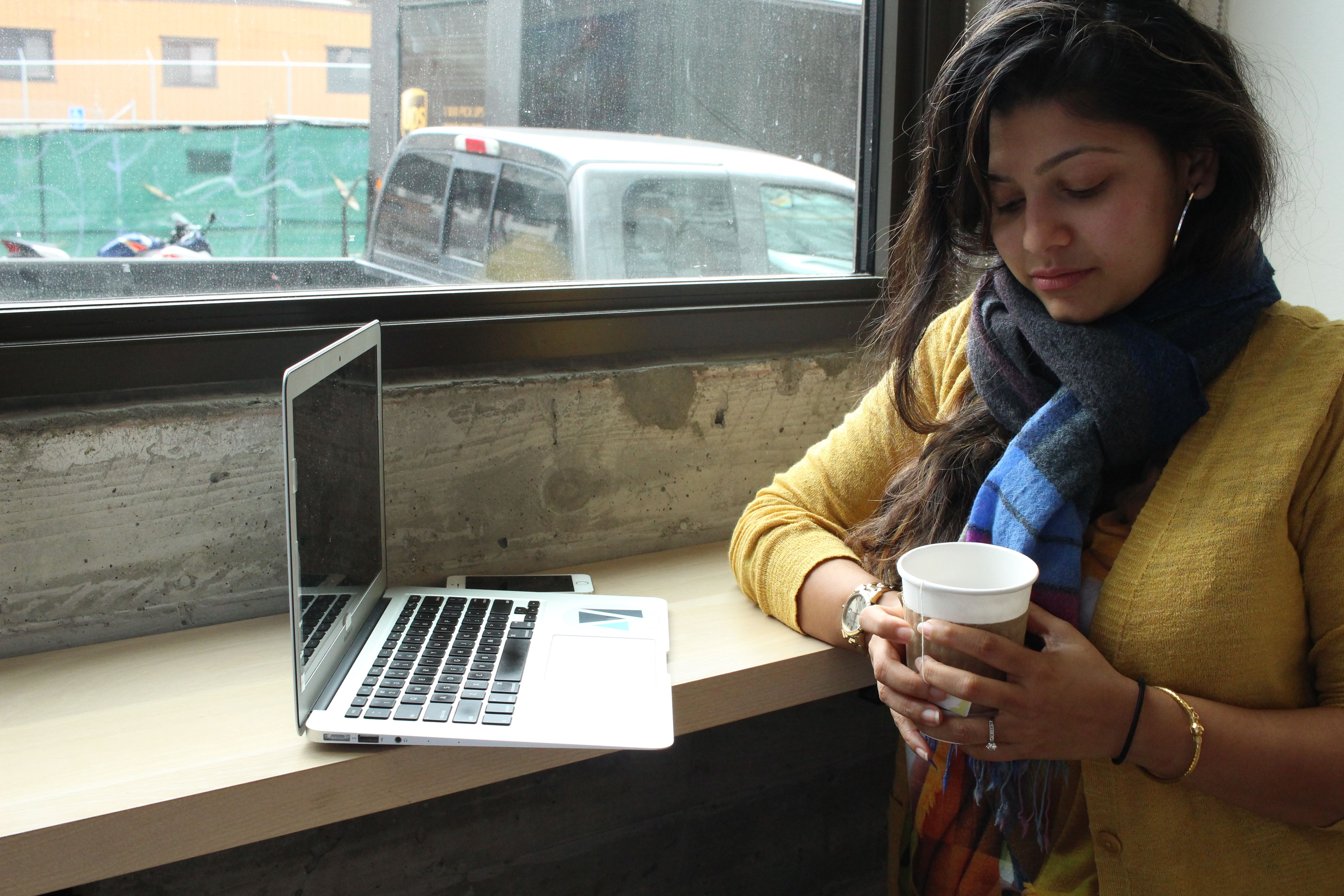In the maze of offices at Rackspace on Folsom Street, Shahin Shadfar points to a small row of disheveled chairs and overturned computer mice lined up against a grey wall of cubicle space: This is where his team sits. Shadfar walks into a lounge to talk about an app called Zurf, his latest venture, which comes on the heels of several successes in other tech projects across the nation. But while Shadfar has begun to build a name for himself in San Francisco, Houston, and Boston, he's not from the United States. In fact, he is a member of a vibrant Persian entrepreneurial community, which, like many other immigrant communities, is growing in Silicon Valley.
Techies have moved into Silicon Valley from around the globe in droves, making tech one of the most internationally diverse industries around. Foreign-born workers occupy over half of the Valley's STEM jobs, and foreign talent, according to the Silicon Valley Competitiveness and Innovation Project (SVCIP), runs about 49 percent of all tech startups.
Trisha Roy is another one of these workers—an Indian born woman who is now living the Silicon Valley dream. Having grown up with zero exposure to technology to build a product, she considers herself lucky.
“Technology outsourcing from big companies [to Indian engineers] wasn’t really translating into women really taking on technology,” she says, adding that she never gave any thought to a job in tech because outside of things like phones and computers, there weren’t many high-level technologies readily available to her back home.
“Even if you don’t have an engineering background, being [in the U.S.] and talking to people here, technology touches your life. That wasn’t the case in India,” she says. “Technology only touched the lives of engineers.”
After moving to the states to get an MBA from the University of Arizona, Roy wanted to work in the Bay Area. The best paying jobs were in tech, so she taught herself the basics of coding to be competitive and was successul in landing a job at eBay, working her way up to becoming a senior product manager. Today, she owns Barn & Willow, a company that leverages technology to create custom home decor.
Shahin Shadfar, owner and CEO of the social shopping app Zurf, in his offices on Folsom Street (Photo by Joseph Darius Jaafari)
Roy's drive to succeed is characteristic of many foreign intellectuals who've come to work here, and now companies are capitalizing on it by bringing new talent stateside.
PuenteLabs, a SF-based startup that works with Latin American companies seeking to expand into Silicon Valley, says the initial challenges for immigrant entrepreneurs are obvious ones—think cultural and language barriers.
“If you look at Chileans as a group, they are pretty humble," says Mike Hennessey, executive director for PuenteLabs. "They don’t want to brag about their ambitions, so I’ve seen situations where Chileans come here to raise money and they don’t mention that some of their investors are the top people in the Valley. I think Silicon Valley is a meritocracy to a degree, so if you can get the meetings, and your ideas are valid, where you’re from is irrelevant. But, to the aspect of being able to communicate that clearly, I think language does play a big part.”
There are bureaucratic issues, too: Strict and heavily criticized immigration policies in the U.S. often prevent foreign-born tech workers from continuing to work here, according to another report published by the SVCIP: “While the region’s universities, companies, and startup culture are magnets for foreign talent, each year thousands of tech workers and other professionals return home because of immigration restrictions and delays,” it says.
Roy experienced this firsthand: When many tech companies wouldn’t take the chance to sponsor her visa (despite her business degree from the U.S.), she faced the prospect of deportation. But it's a risk she would gladly take again for the chance to build her own company in Silicon Valley.
Related Articles
